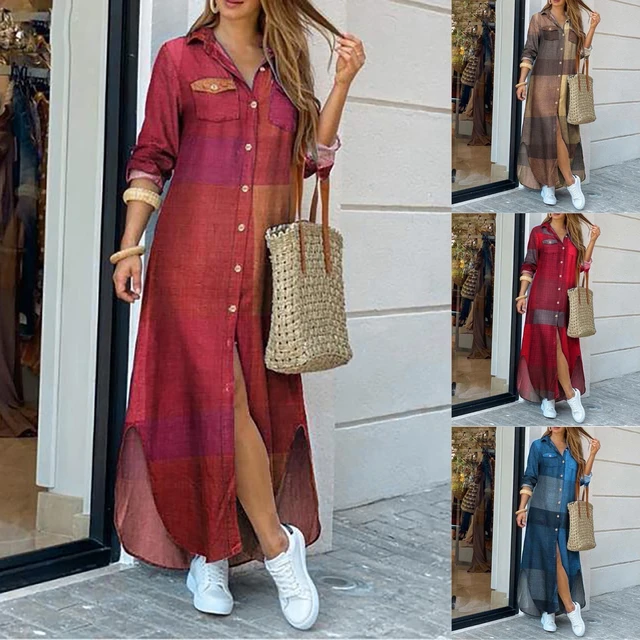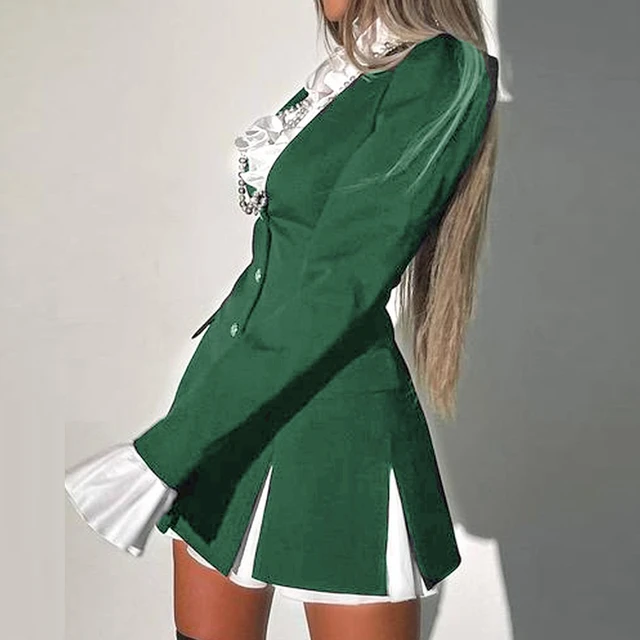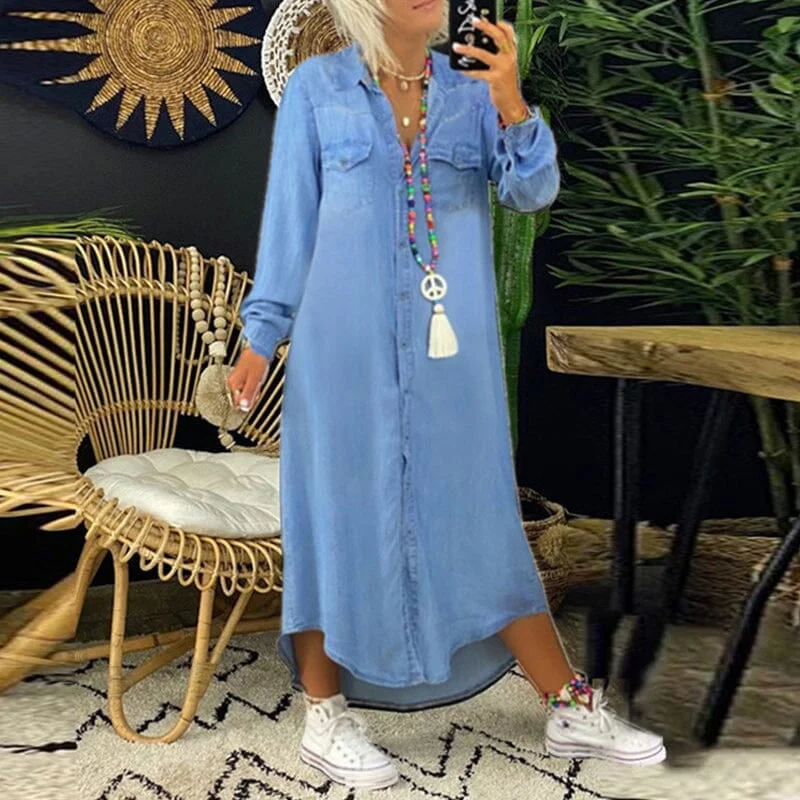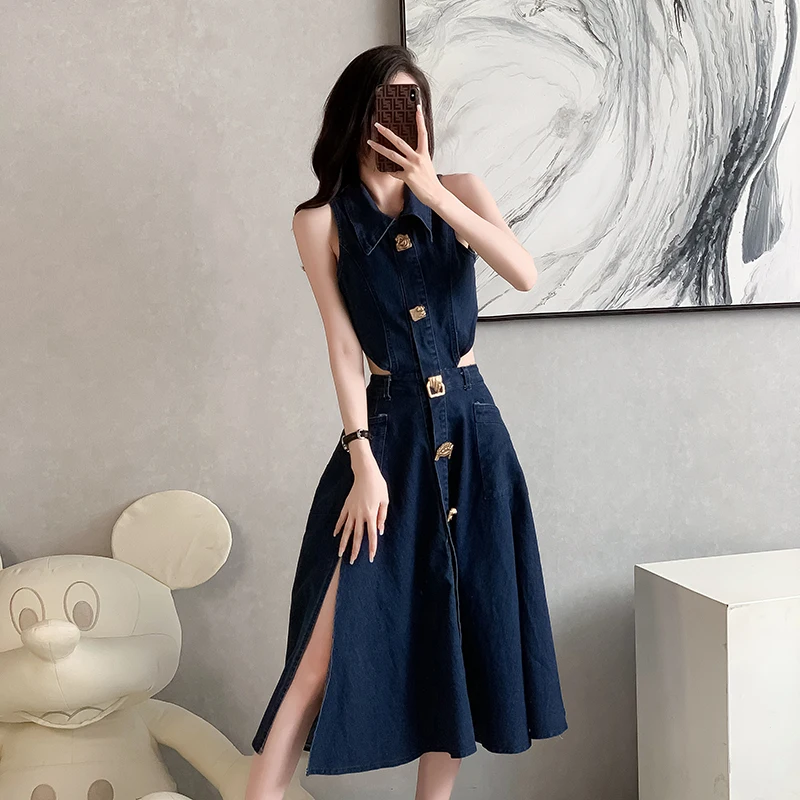How should a dress shirt fit
A well-fitting dress shirt is more than just a piece of clothing; it’s a symbol of confidence, style, and attention to detail. It elevates any outfit, from a business suit to a casual weekend ensemble. But achieving that perfect fit can feel like an elusive quest. This comprehensive guide will demystify the art of dress shirt fitting, equipping you with the knowledge to choose and wear shirts that flatter your physique and exude effortless elegance.
Contents
 Understanding the Fundamentals of Fit
Understanding the Fundamentals of Fit
The key to a perfect dress shirt fit lies in understanding the specific measurements and adjustments that create a balanced and flattering silhouette. These measurements are essential in determining the right size and ensuring a comfortable and stylish fit.
Collar: The Foundation of a Well-Fitted Shirt
The collar is the most visible aspect of a dress shirt, and its fit is crucial for both comfort and aesthetics. A properly fitted collar should:
- Lie flat against your neck: There should be no gaping or bunching, ensuring a clean and crisp line.
- Fit snugly, but not tightly: You should be able to comfortably slide one finger between the collar and your neck.
- Allow for a full range of motion: The collar should not feel constricting when you turn your head or move your arms.
Common Collar Fit Issues:
- Too Loose: A loose collar will gape at the back, creating an unflattering appearance.
- Too Tight: A tight collar will feel uncomfortable and restrict movement, potentially hindering breathing.
- Wrong Collar Type: Different collar styles are designed for specific occasions and necklines. Experiment with various collar types to find what suits your personal style and face shape.
Shoulder: The Point of Balance
The shoulder seam is critical for a well-fitted dress shirt. It should:
- Align with the natural shoulder: The seam should sit directly at the end of your shoulder bone, not pulling or bunching.
- Allow for unrestricted arm movement: The sleeves should not feel tight or restrictive when you raise your arms.
Common Shoulder Fit Issues:
- Too Wide: The shoulder seam will sag, creating an unflattering silhouette.
- Too Narrow: The seam will pull at the shoulders, causing discomfort and restricting movement.
 Sleeves: The Right Length and Shape
Sleeves: The Right Length and Shape
The sleeves of your dress shirt are equally important for a polished look. A perfect sleeve should:
- End at the wrist bone: The sleeve should reach the wrist bone, with the cuff sitting comfortably on top of the hand.
- Maintain a smooth, even shape: The sleeves should not bunch or wrinkle, ensuring a streamlined appearance.
- Allow for buttoning without tension: The cuff should be large enough to comfortably accommodate the button without feeling constricting.
Common Sleeve Fit Issues:
- Too Short: The sleeves will expose your wrists, making the shirt appear too small.
- Too Long: The sleeves will bunch up, creating an unkempt appearance.
- Too Tight: The sleeves will restrict arm movement and feel uncomfortable.
Chest: A Comfortable and Flattering Fit
The chest measurement is crucial for ensuring a comfortable and flattering fit. A properly fitted chest should:
- Allow for comfortable breathing: The shirt should not feel tight or constricting across the chest.
- Create a smooth, even line: There should be no pulling or bunching across the chest, ensuring a flattering silhouette.
Common Chest Fit Issues:
- Too Tight: The shirt will be constricting and uncomfortable.
- Too Loose: The shirt will appear baggy and unflattering.
Waist: A Balanced and Slim Silhouette
The waist measurement is key to creating a balanced and slim silhouette. A properly fitted waist should:
- Fit snugly, but not tightly: The shirt should hug the waist without feeling constricting.
- Allow for a smooth transition: The shirt should taper gently towards the waist, creating a flattering silhouette.
Common Waist Fit Issues:
- Too Tight: The shirt will feel uncomfortable and restrict movement.
- Too Loose: The shirt will appear baggy and unflattering.
 Choosing the Right Dress Shirt for Your Body Type
Choosing the Right Dress Shirt for Your Body Type
Understanding your body type is crucial when selecting the right dress shirt. Different body types require different adjustments to achieve the optimal fit.
For Slim Builds
Slim builds benefit from dress shirts that:
- Emphasize a slim silhouette: Shirts with a slim or tailored fit will accentuate their lean physique.
- Avoid excessive looseness: Avoid shirts that are too baggy or oversized, as they can create a disproportionate appearance.
- Consider a slim-fit collar: Slim-fit collars will create a sharp and tailored look.
 For Athletic Builds
For Athletic Builds
Athletic builds can achieve a flattering fit with dress shirts that:
- Offer a comfortable fit: Opt for shirts with a slightly relaxed fit to accommodate their broader shoulders and chest.
- Feature a tailored waist: Shirts with a tailored waist will create a balanced and flattering silhouette.
- Embrace a classic collar: Classic collars provide a timeless and sophisticated look.
For Tall Builds
Tall builds should look for dress shirts that:
- Offer extra length: Tall men should choose shirts with extra length to avoid a shirt that is too short.
- Feature longer sleeves: Longer sleeves will ensure the shirt falls appropriately and doesn’t appear too short.
- Embrace a traditional fit: Traditional fits offer a comfortable and flattering option for tall men.
For Short Builds
Short builds can enhance their appearance with dress shirts that:
- Feature a shorter length: Shirts with a shorter length will prevent the shirt from appearing too long and overwhelming.
- Offer a tailored fit: Tailored fits will create a slim and flattering silhouette.
- Opt for a slim-fit collar: Slim-fit collars will create a clean and sharp look.
Understanding Fabric and Its Impact on Fit
The fabric of a dress shirt significantly impacts its fit and overall appearance. Consider these factors:
Cotton: The Classic Choice
Cotton is a popular choice for dress shirts due to its breathability, comfort, and durability. It offers a wide range of weights and weaves, allowing for versatility in different seasons and occasions.
Linen: The Lightweight and Breathable Option
Linen is a natural fiber known for its breathability, making it ideal for warm weather. However, linen is less wrinkle-resistant than cotton, requiring more care and potentially leading to a less polished appearance.
Silk: The Luxurious Choice
Silk offers a luxurious feel and a lustrous appearance. Its smooth and silky texture drapes beautifully, providing a more formal and elegant look. However, silk is more delicate than cotton and requires special care.
Performance Fabrics: A Blend of Style and Functionality
Performance fabrics combine the benefits of natural fibers with synthetic elements, offering enhanced moisture-wicking, wrinkle-resistance, and durability. These fabrics are ideal for active individuals who desire both style and functionality.
 The Importance of Proper Alterations
The Importance of Proper Alterations
Even with the perfect size and fit, some alterations may be necessary to achieve that impeccable look. Consider these common alterations:
Sleeve Length Adjustments
Adjusting sleeve length is often necessary to ensure the sleeves end precisely at the wrist bone.
Collar Adjustments
Collar alterations can address issues such as gaping, tightness, or improper collar shape.
Waist Tapering
Tailoring the waist of a dress shirt can create a more flattering silhouette, enhancing the overall fit.
The Final Touches: Ironing and Buttoning
The final steps in achieving a perfect dress shirt fit involve proper ironing and buttoning techniques.
Ironing for a Crisp and Polished Look
Ironing a dress shirt helps remove wrinkles and create a crisp, polished appearance. Use a low heat setting and steam to avoid damaging the fabric.
Buttoning for a Flattering Silhouette
Proper buttoning techniques can enhance the overall fit. Avoid buttoning the top button of a dress shirt, as it can create a constricted appearance.
Conclusion: A Well-Fitted Shirt is a Confidence Booster
Mastering the art of dress shirt fitting is a journey that requires patience, attention to detail, and a willingness to experiment. By understanding the fundamental measurements, considering your body type, and choosing the right fabric, you can find shirts that flatter your silhouette and elevate your personal style. Remember, a well-fitted dress shirt is not just a piece of clothing; it’s a statement of confidence and a testament to your refined taste. Investing in a few well-fitted shirts will not only improve your appearance but also boost your confidence and make you feel your best. So go forth, embrace the art of the perfect fit, and let your dress shirts become a reflection of your unique style and impeccable taste.
